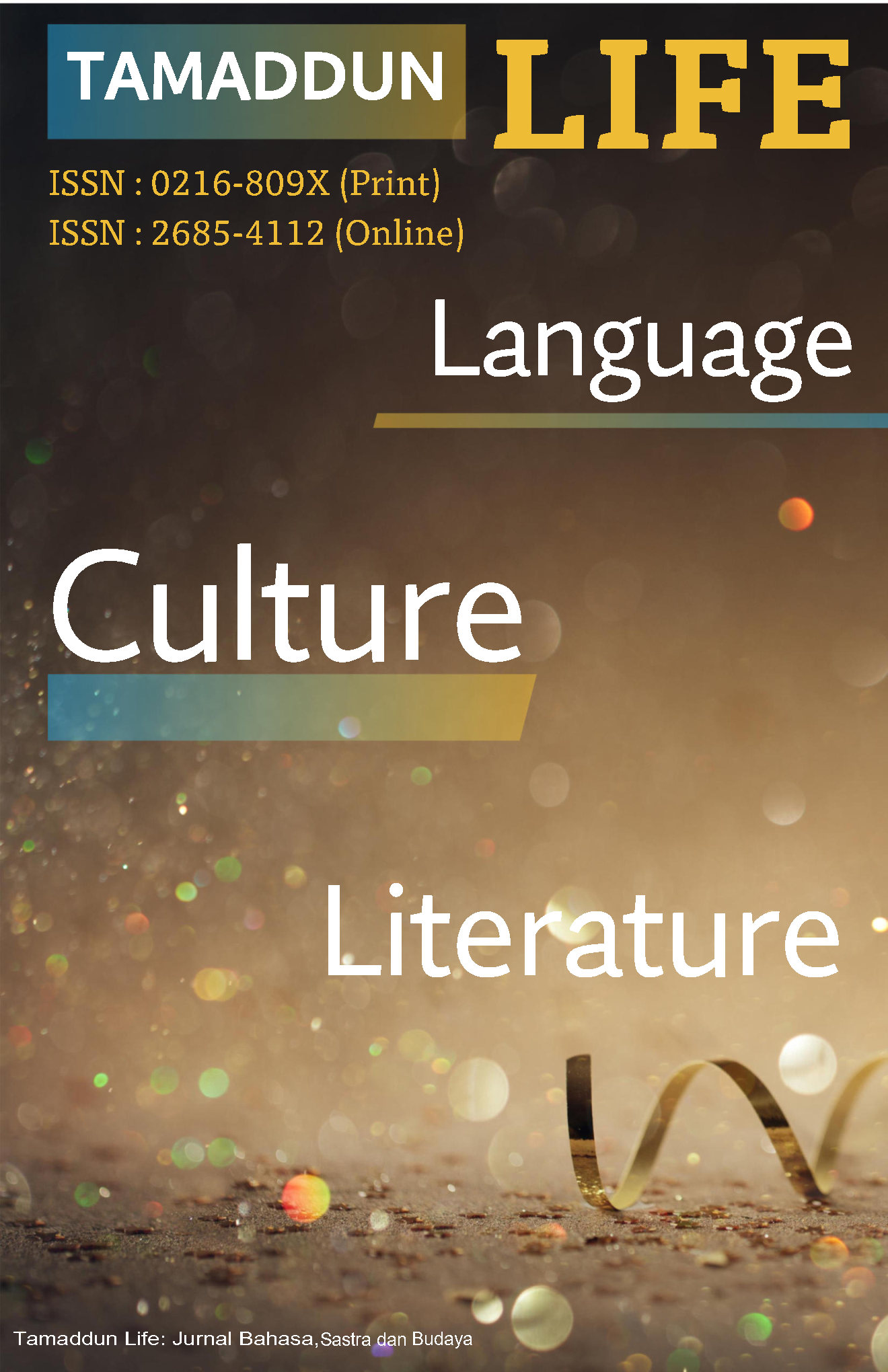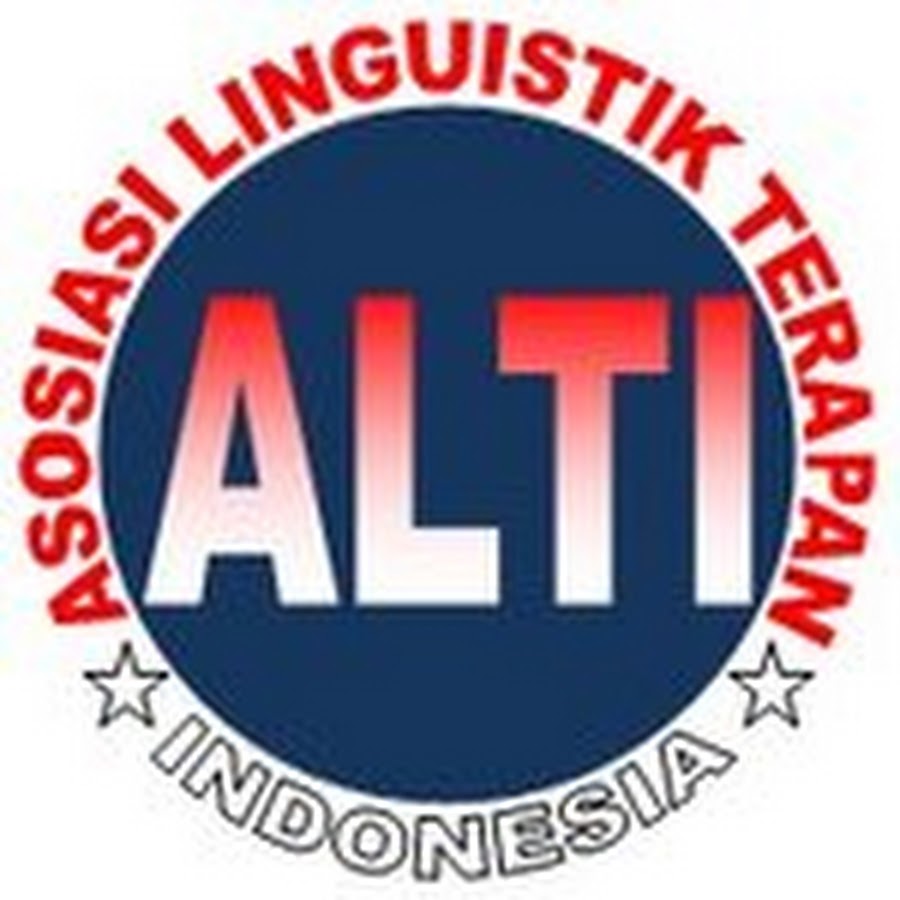Social Capital and the Sustainability of Silk-Weaving Enterprises: Trust, Norms, and Networks in Pakkanna Village, Wajo Regency
DOI:
https://doi.org/10.33096/tamaddun.v24i1.913Keywords:
Social Capital, Silk Weaving, Trust, Community Norms, Social NetworksAbstract
This qualitative study investigates the role of social capital specifically trust, community norms, and social networks in sustaining household silk-weaving enterprises in Pakkanna Village, Wajo Regency, South Sulawesi, Indonesia. Employing a case-study approach with in-depth interviews, observations, and document analysis, the research identifies trust as a critical informal governance mechanism, significantly reducing transaction costs and streamlining production processes. However, reliance on trust also reinforces asymmetric power relationships, where collectors dominate market interactions, constraining artisans' bargaining power. Additionally, community norms such as mutual help (gotong-royong) and meticulous craftsmanship (mappasile) maintain high product quality and preserve cultural identity but simultaneously restrict innovation and responsiveness to market changes. Social networks enhance access to resources, information, and markets, yet the artisans’ dependency on collectors limits their direct market engagement, highlighting inherent vulnerabilities. External interventions through digital platforms and government programs show potential but face generational resistance and uneven uptake. Practical implications suggest promoting diversified market strategies and targeted interventions to strengthen artisans’ positions, while theoretical implications call for integrating gender and power dynamics into social-capital frameworks. Policy recommendations advocate combining infrastructural support with capacity-building and implementing geographic indications to secure cultural authenticity and economic sustainability.
References
Auliah, A., Prayitno, G., Ari, I. R. D., Rahmawati, Wardani, L. E., & Meidiana, C. (2022). The Role of Social Capital Facing Pandemic COVID-19 in Tourism Village to Support Sustainable Agriculture (Empirical Evidence from Two Tourism Villages in Indonesia). Economies, 10(12). https://doi.org/10.3390/economies10120320
Aulia, M., & Handayani, S. (2022). Etos Kerja Tradisional dalam Produksi Tekstil: Studi Kasus di Desa Tenun Troso. Jurnal Sosial Budaya, 18(2), 145–159. https://doi.org/10.31227/osf.io/fp2zb
Arifin, M., & Ridwan, A. (2022). Gotong royong sebagai modal sosial dalam penguatan ekonomi desa. Jurnal SEPA: Jurnal Sosial Ekonomi Pertanian dan Agribisnis, 19(2), 45–58. https://jurnal.unej.ac.id/index.php/SEPA/article/view/29814
Burt, R. S. (2000). The network structure of social capital. Research in Organizational Behavior, 22, 345–423.
Borgatti, S. P., Everett, M. G., & Johnson, J. C. (2018). Analyzing Social Networks (2nd ed.). SAGE Publications.
Coleman, J. S. (1988). Social capital in the creation of human capital. American Journal of Sociology, 94(S1), S95–S120.
Durkheim, E. (1984). The Division of Labor in Society. New York: Free Press.
Dewi, N. K., & Hermawan, A. (2020). Digital Marketing Strategy of SMEs in Facing the Industrial Revolution 4.0. Jurnal Riset Ekonomi dan Bisnis, 13(2), 150–162. https://doi.org/10.30596/jreb.v13i2.4376
Dewi, R. M., & Prabowo, H. (2021). Peran Pengepul dalam Distribusi Hasil Kerajinan di Daerah Tertinggal. Jurnal Ekonomi dan Pembangunan, 22(1), 33–45. https://doi.org/10.22219/jep.v22i1.16443
Eisenhardt, K. M. (1989). Agency theory: An assessment and review. Academy of Management Review, 14(1), 57-74. https://doi.org/10.5465/amr.1989.4279003
Etzioni, A. (1995). The Spirit of Community: Rights, Responsibilities and the Communitarian Agenda. Crown Publishers.
Fukuyama, Francis. (1995). Trust: The Social Virtues and the Creation of Prosperity. New York: The Free Press.
Hart, G. (2002). Disabling Globalization: Places of Power in Post-Apartheid South Africa. University of California Press.
Hidayat, A. (2016). Relasi Sosial dan Kepercayaan dalam Jaringan Usaha Pengrajin Batik. Jurnal Sosioteknologi, 15(3), 234–243. https://doi.org/10.5614/sostek.itb.2016.15.3.6
Hidayat, A., & Suryanto, E. (2020). Modal Sosial dan Efektivitas Koperasi Pengrajin: Studi di Jawa Tengah. Jurnal Koperasi dan UMKM, 6(2), 77–91.
Hardiyanti, N. T., & Rahmawati, F. (2022). Peran Modal Sosial Dalam Pengembangan Usaha Sentra Kampoeng Batik Jetis Sidoarjo. Ganaya: Jurnal Ilmu Sosial Dan Humaniora, 5(2), 117-128. https://doi.org/10.37329/ganaya.v5i2.1710
Muafi. (2020). The Role of Social Capital on Batik Business Performance in Yogyakarta. Journal of Asian Business Strategy, 10(2), 18–28. https://doi.org/10.18488/journal.1006/2020.10.2/1006.2.18.28
Murdiyanto, Eko. (2020). Metode Penelitian Kualitatif (Teori dan Aplikasi) disertai Contoh Proposal). Yogyakarta: Lembaga Penelitian dan Pengabdian Pada Masyarakat, UPN “Veteran” Yogyakarta Press.
Marzuki, M. (2021). Warisan Budaya Tak Benda dan Dinamika Sosial Masyarakat Perajin. Jurnal Antropologi Indonesia, 42(3), 231–248. https://doi.org/10.7454/ai.v42i3.1200
Nugroho, A. P. (2021). Lokalitas dan Etika Kolektif dalam Produksi Tenun Tradisional di Lombok. Jurnal Antropologi Indonesia, 42(1), 33–48. https://doi.org/10.7454/ai.v42i1.1223
Nugroho, Y., & Fauzan, M. (2022). Informal Collaboration and Trust-Based Relations in Indonesia's Creative Industry. Journal of Cultural Economy, 15(2), 167–183.
Putnam, R. D. (2000). Bowling Alone: The Collapse and Revival of American Community. (E. Fowner, Ed.), 1 (1st ed., Vol. 4). New York: Simon & Schuster.
Saldaña, J. (2024). Developing theory through qualitative inquiry. SAGE Publications.
Sari, D. P., & Huda, M. (2021). Modal sosial dan ketahanan usaha mikro tenun di masa krisis. Jurnal Sosiologi Pedesaan, 9(1), 20–37.
Setiawan, M., Lestari, E. D., & Wardani, R. (2019). Reputasi produk lokal berbasis komunitas: Studi pada pengrajin tenun di NTB. Jurnal Ekonomi Kreatif, 5(2), 59–72.
Suharti, S., & Yuliana, D. (2018). Modal Sosial dalam Praktik Usaha Mikro: Studi Pengrajin Batik di Jawa Tengah. Jurnal Masyarakat dan Budaya, 20(3), 399–412. https://doi.org/10.14203/jmb.v20i3.712
Syahdan, M., & Rahman, T. (2018). Transaksi Tanpa Kontrak dalam UMKM: Studi Efisiensi pada Pelaku Usaha Kerajinan Tangan. Jurnal Manajemen UMKM, 14(1), 22–35.
Sulistyowati, S., & Harwanti, D. (2020). Strategi Bertahan Pengrajin Batik Lasem dalam Sistem Produksi dan Pemasaran. Jurnal Kawistara, 10(3), 221–233. https://doi.org/10.22146/kawistara.49835
Syukur, M. (2016). Social Network of Bugis Weavers at Wajo Regency South Sulawesi. International Journal of Indonesian Society and Culture.
http://dx.doi.org/10.15294/komunitas.v8i1.3437
Tronto, J. C. (1993). Moral Boundaries: A Political Argument for an Ethic of Care. Routledge.
Williamson, O. E. (2005). The Economics of Governance. American Economic Review, 95(2), 1–18.
Wahyuni, F. D., & Cahyandito, M. F. (2021). The role of social capital in improving MSME resilience during the COVID-19 pandemic. Jurnal Manajemen dan Kewirausahaan, 23(3), 197–208. https://doi.org/10.9744/jmk.23.3.197-208
Wahyuni, N. S., Hidayat, T., & Lestari, M. (2022). Relasi Sosial Ekonomi Antara Pengepul dan Pengrajin dalam Rantai Nilai Kerajinan Tangan. Jurnal Komunikasi Pembangunan, 20(1), 57–69. https://doi.org/10.29244/jurnalkmp.20.1.57-69
Yin, R. K. (2009). Case study research: Design and methods (Vol. 5). sage.
Downloads
Published
Issue
Section
License
Copyright (c) 2025 muhammad hajar; muhammad syukur, ibrahim nurdin, m. ridwan said, najamuddin nasuhan

This work is licensed under a Creative Commons Attribution 4.0 International License.
Authors who publish with Tamaddun journal agree to the following terms:
1. Authors retain the copyright and grant Tamaddun the right of first publication. The work will be licensed under a Creative Commons Attribution License (CC BY 4.0), which permits others to share the work with proper acknowledgment of the authorship and initial publication in this journal.
2. Authors may enter into additional non-exclusive agreements for the distribution of the published version of their work (e.g., posting it to an institutional repository or including it in a book), provided that the initial publication in this journal is acknowledged.
3. Authors are encouraged to post their work online (e.g., in institutional repositories or on their personal websites) before and during the submission process. This can lead to productive exchanges and increase the visibility and citation of the published work.






